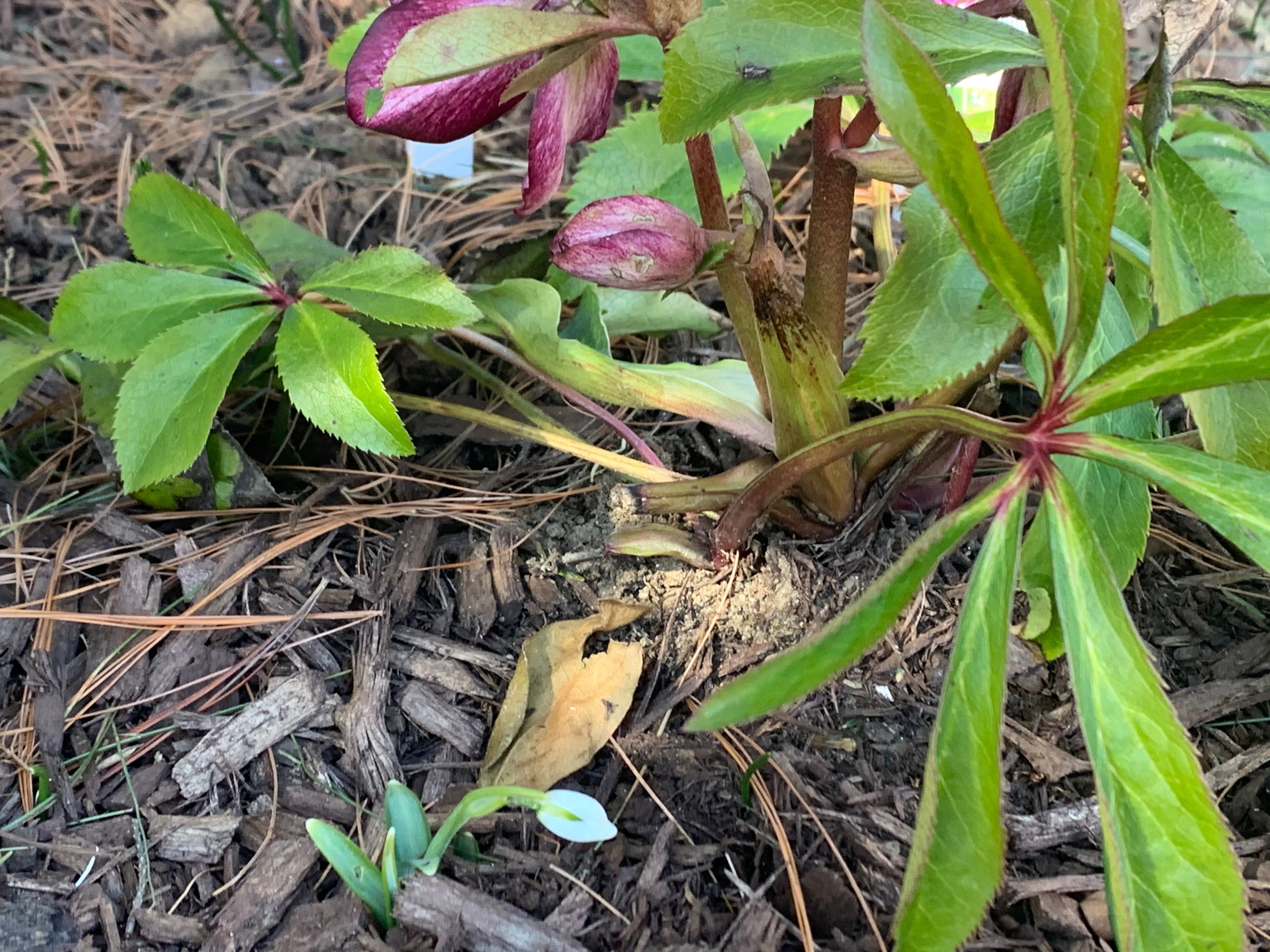There is a weariness at the start of this year. If you are like most of the people I am working with or coaching—you are exhausted. You are tired of managing Covid, and kids and meetings and schedules. You are tired of having to adapt and adjust again and again. You are tired of getting your hopes up and the disappointment that follows. You are tired of doing half of the things you loved, or not doing them at all. And you are tired of waiting for it to get better—to return to what you remember as ‘normal.’
Recently, I found that a post-walk ritual has not only helped me with my weariness—it has helped to see that the way I look at the world and myself needs revision.
Most of you found some outlet for your pandemic anxiety-- I became obsessed with my garden. Fueled by watching British gardening shows online, I dug up 5 new perennial beds for flowers and planted 4 raised beds for vegetables. At the time it felt hard to imagine a future, so I decided to plant one instead.
In the fall of 2020 I planted 450 bulbs in my tiny rowhouse lot. And in the winter and early spring of 2021 I planted hundreds of seedlings under lights. So, the spring and summer of 2021 was a blast! I had all sorts of flowers and vegetables coming up—from crocus to zinnias to kale to potatoes. And every day in the growing season I had a ritual I called ‘the daily bloom’ where I would go out to my garden and see who showed up. I considered myself the welcoming committee and would greet each new arrival and tell them how beautiful they looked, and how grateful I was to see them, and I would take their picture.
Winter is a slower season. It is grey and dark and cold—and I found myself missing my ‘daily bloom’ ritual, so after Christmas I instituted a new post-walk ritual. When I finish my run or my walk, I walk down the alley next to my house and into the back yard and I look for what is growing. I scour my garden beds for signs of life. Have the snow drops come up? Are the winter aconite up? Do the hellebores have blossoms yet? It’s a mindfulness exercise—it’s an observation exercise. It’s like a scavenger hunt. It feels like play.
I look for any new green shoots. For the daffodil shoots. For lady’s mantle leaves. I look at the buds on the shrubs. I look at the kale still growing, even through snow. I see the snowdrops are up, and one had a flower bud that is not yet open. The winter aconite shoots are up, but no sign of a flower. The pink buds on the hellebores are visible on one plant, but closed tightly against the cold.
And it occurred to me, that in the rest of my life and my work I don’t usually do this. I don’t look for what is growing. Like most people, I often turn a more critical or judgmental view on what I am doing—and look for what I haven’t done, or what needs to be fixed or changed. And this isn’t always wrong. Sometimes it is important to pay attention to what needs mending or repair. Or to look at what hasn’t gotten done. But I think that the constant stress and the repeated trauma many of us have been facing these past couple of years has us fixated on what isn’t there—on what we can’t do, didn’t do, won’t be able to do. We have lost sight of what is growing.
I think this is especially true in how we are holding other people right now. Parents are so worried about what their kids aren’t experiencing and aren’t getting to do that they are missing the lovely little green shoots of empathy and compassion that their kids are growing for other people right now. Their ability to be creative and adaptable. Kids who are living through the pandemic are growing the capacities to hold difficulty – the very capacities I so admired in my grandmother who lived through the Great Depression and World War II—capacities I endeavored to learn from her. I know there is loss, but look carefully, there is also something beautiful growing.
The thing about looking for growth is that it is small and subtle. Last winter I when planted seeds in seed trays and put them on lighted shelves— I raced downstairs every morning to see if there were any signs of growth. I would scour the trays –scanning for green. When the seeds started coming up, they were so small and so fragile and tender. There is such beauty in this state—in the state of true beginning. But we don’t treat these beginning places in us with the same kind of love. So much of this pandemic demands or invites growth—change—adaptation. And yet it is rare that we look at our new growth with the awe it deserves—with excitement that I shine on my seedlings and new green shoots in the garden.
So can we do this? With ourselves and the people in our lives? If I looked for what was growing—what would I see?
© 2022 Gretchen L. Schmelzer, PhD




